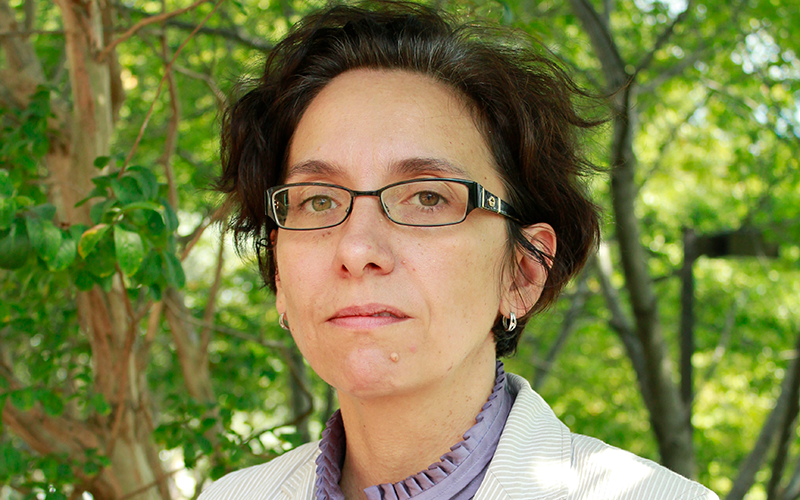Jelena Srebric was hitting a brick wall—literally.
An international expert on indoor air quality and ventilation, Srebric and her peers in the field determined that sustainably engineering healthy indoor air environments within buildings would often require exorbitant renovations. So Srebric, the Margaret G. and Frederick H. Kohloss Chair Professor in the Department of Mechanical Engineering, decided to break through the brick wall. She developed a specialty in distributed small systems—think fans and filters—that are both affordable and effective at improving indoor air quality.
“I became disinterested in doing research that would end up being just aspirational,” says Srebric, who directs the Center for Sustainability in the Built Environment (also known as City@UMD). “We, as engineers, have a responsibility to make a difference.”
Talk about how your background in indoor air quality prepared you for the challenge of COVID-19.
In 2008, I spent my sabbatical at Harvard working with colleagues in public health. They wanted to find a way to reduce influenza outbreaks among their students. With some work, we zeroed in on the weakest point in the system: the bus line that runs between Harvard Square and the Boston side of campus.
The idea of having distributed systems that can respond immediately and appropriately to your needs was what drove my work for the past several decades. It culminated with COVID-19. COVID is, in my book, a prime example of disturbance in the system that engineers can help address to support the survival and well-being of the population.
You worked on a number of COVID-related initiatives, including determining healthy ways to resume live musical performances. What’s your next big challenge?
We’re developing a variable micro air cleaner that works for COVID, flu, and other issues that someone with compromised respiratory health could face. Pollution in cities and smoke from natural forest fires are not going away, so having a properly sized, properly functioning, and quickly deployable [air cleaning] system becomes even more valuable. The system is not a mask, but a diffuser in front of your face blowing air towards your mouth and nose. You do not have anything attached to your face. It performs comparably to surgical masks.
We’re in the final phase of the project, doing experiments with human subjects to gauge whether people would deploy it appropriately. In the final redesign, there are opportunities to make the system more durable and more comfortable. Battery is another issue: we had to make a system that could last for eight hours. That was a design criterion from the Centers for Disease Control and Prevention, because the system is to be used by frontline workers.
Why should students work collaboratively?
Collaborative work can be treacherous terrain—there’s no doubt it is harder than working by yourself. But when you see how much better engineering systems are if you work collaboratively, you have a higher incentive to work this way in your career. If all engineering schools did this, we would have engineers defying the odds and solving the problems of our highly turbulent and highly uncertain environment. The pressures we are experiencing require our students to behave in a different way. The students who work in teams in Zupnik Hall, who work together to solve a hard problem, will have the incentive to behave that way in the workforce. And we badly need that.
What is the future of mechanical engineering?
Mechanical engineering will have an active role in our adaptation to new and emerging climatic conditions and stresses to society. Our responsibility as engineers (and I know my students will carry this forward) is that we stop being myopic and stop focusing on the system without context. Without context—without humanistic, ethical, moral considerations—the system is just a toy on a shelf. Understanding context is critical for providing a solution to a problem that is feasible, helpful, and really works.
Back to Landing Page


